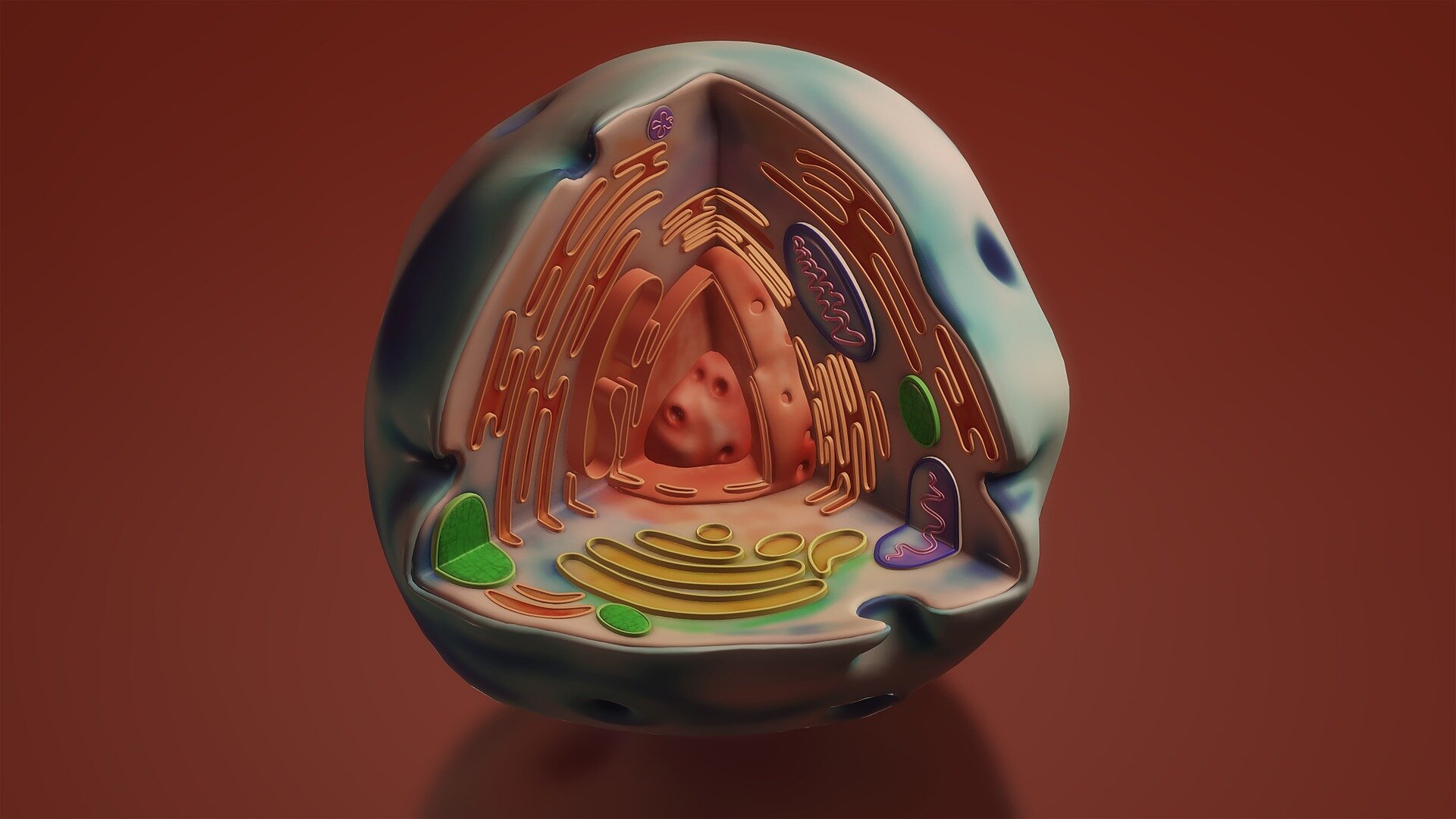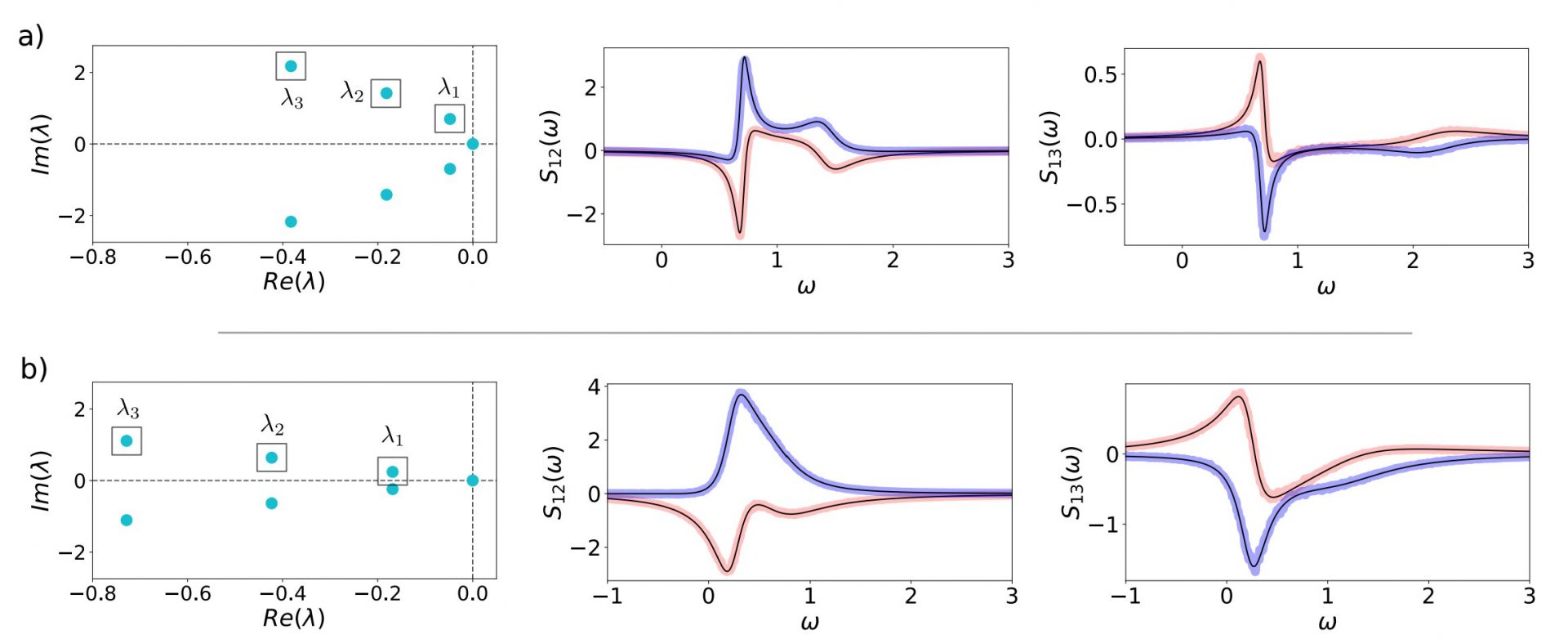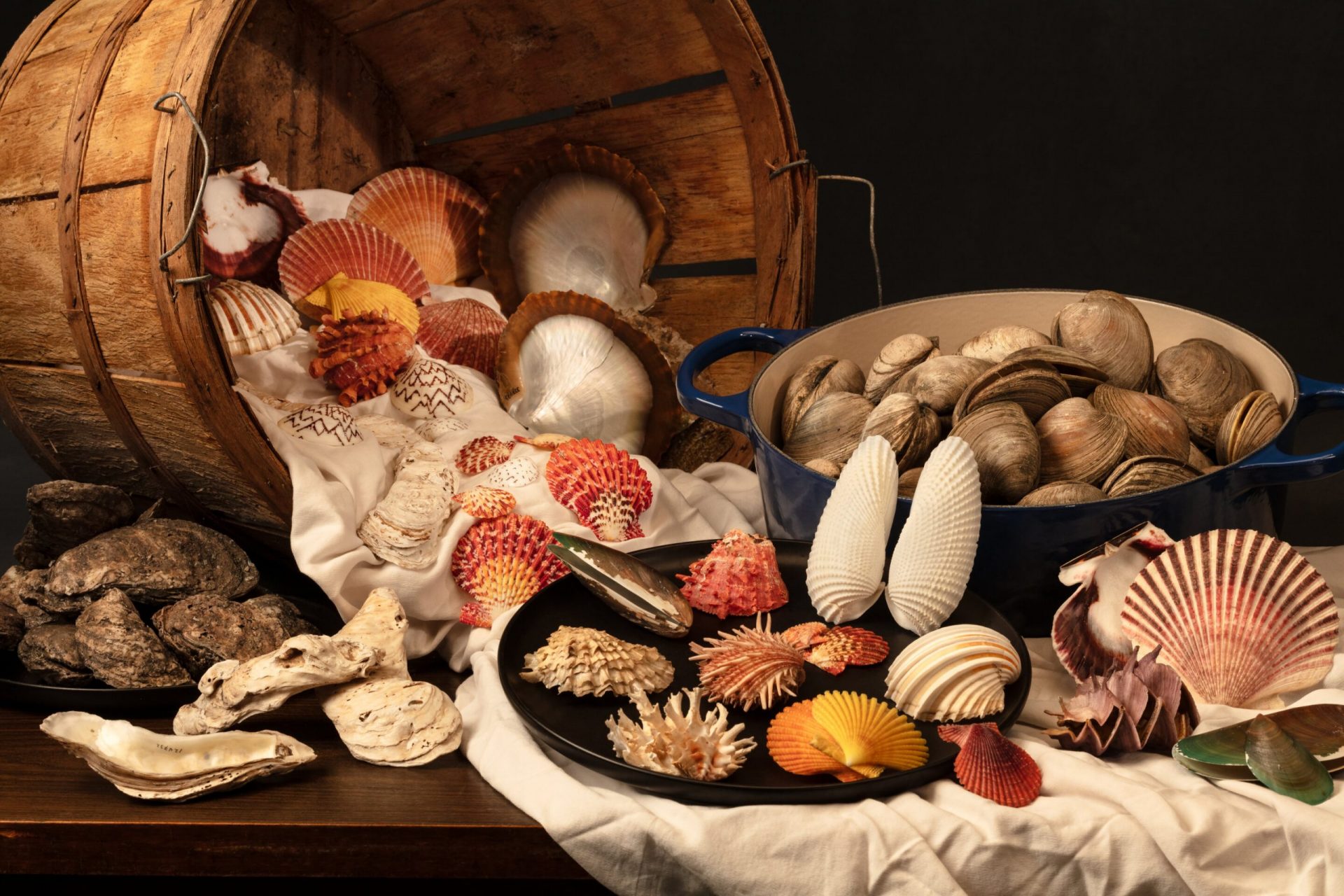Inside all living cells, fascinating biomolecular condensates come together to perform critical functions. However, the process of how proteins and biomolecules form these assemblies within cells remains a mystery.
MIT biologists have made a groundbreaking discovery. They have found that a single scaffolding protein, TCOF1, is responsible for the formation of a specific condensate within the nucleolus, a cell organelle. Without TCOF1, this condensate cannot form.
This finding sheds light on a major evolutionary shift that occurred around 300 million years ago in the organization of the nucleolus. Before this shift, the nucleolus was divided into two compartments. However, in amniotes, such as reptiles, birds, and mammals, a third compartment in the form of a condensate developed. The reason behind this shift is still not fully understood.
“If you look across the tree of life, the basic structure and function of the ribosome has remained quite static; however, the process of making it keeps evolving. Our hypothesis for why this process keeps evolving is that it might make it easier to assemble ribosomes by compartmentalizing the different biochemical reactions,” says Eliezer Calo, an associate professor of biology at MIT and the senior author of the study.
Now that the researchers understand how this condensate, known as the fibrillar center, forms, they can study its function in cells more effectively. Additionally, these findings provide insights into the evolution of other condensates in cells.
The lead authors of the paper, Nima Jaberi-Lashkari Ph.D. and Byron Lee Ph.D., are former MIT graduate students. The paper is published in Cell Reports. Fardin Aryan, a former MIT research associate, is also an author of the paper.
Condensate Formation
Membrane-bound organelles like lysosomes and mitochondria are responsible for many cell functions. However, membraneless condensates also play critical roles in gene regulation and stress response. These condensates form when needed and dissolve when their task is complete.
“Almost every cellular process that is essential for the functioning of the cell has been associated somehow with condensate formation and activity,” says Calo. “However, it’s not very well sorted out how these condensates form.”
In a 2022 study, Calo and his colleagues identified a protein region involved in forming condensates. They discovered that the nucleolar protein TCOF1 contains glutamate-rich low-complexity regions (LCRs) that scaffold biomolecular assemblies.
In the new study, the researchers found that TCOF1 is crucial for the formation of the fibrillar center condensate. This condensate includes proteins involved in the production of ribosomal RNA, a key component of ribosomes. Interestingly, the fibrillar center only appeared around 300 million years ago, and earlier organisms do not have it.
The study suggests that TCOF1 played a vital role in the transition from a “bipartite” to a “tripartite” nucleolus. Without TCOF1, cells only form two nucleolar compartments. However, when TCOF1 is added to zebrafish embryos, which normally have bipartite nucleoli, a third compartment can be induced.
“More than just creating that condensate, TCOF1 reorganized the nucleolus to acquire tripartite properties, which indicates that whatever chemistry that condensate was bringing to the nucleolus was enough to change the composition of the organelle,” says Calo.
Scaffold Evolution
The researchers also discovered that the glutamate-rich low-complexity regions of TCOF1 are essential for forming scaffolds. These regions interact with neighboring TCOF1 molecules, assembling into a scaffold that attracts other proteins and biomolecules to form the fibrillar center.
“What’s really exciting about this work is that it gives us a molecular handle to control a condensate, introduce it into a species that doesn’t have it, and also get rid of it in a species that does have it. That could really help us unlock the structure-to-function relationship and figure out what is the role of the third compartment,” says Jaberi-Lashkari.
Based on the findings, the researchers hypothesize that early cellular condensates may have been scaffolded by a single protein, similar to how TCOF1 scaffolds the fibrillar center, and gradually evolved to become more complex.
The formation of certain biomolecular condensates has been linked to disorders like ALS, Huntington’s disease, and cancer.
“In all of these situations, what our work poses is this question of why are these assemblies forming, and what is the scaffold in these assemblies? And if we can better understand that, then I think we have a better handle on how we could treat these diseases,” says Lee.








